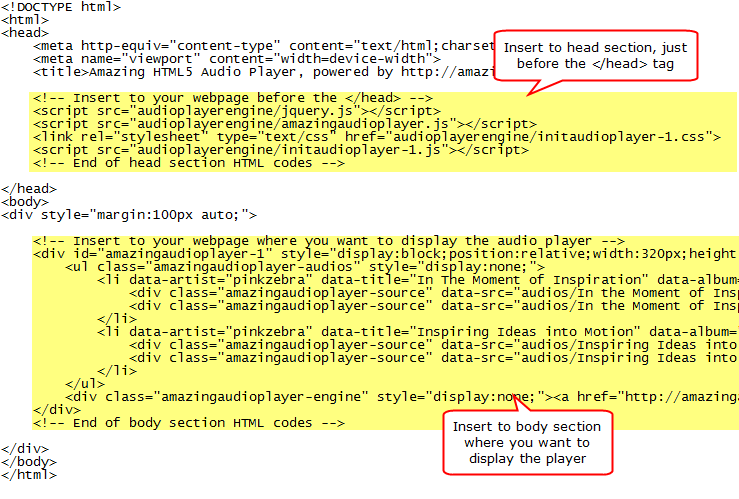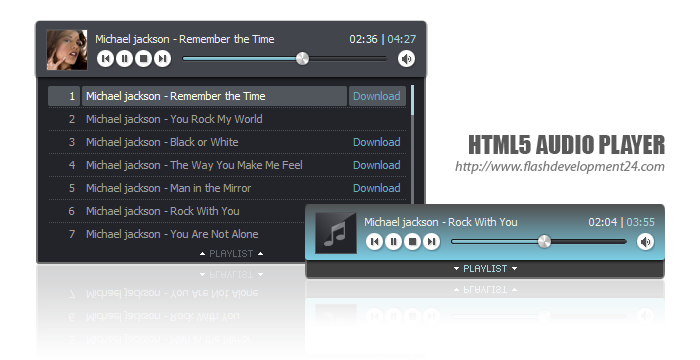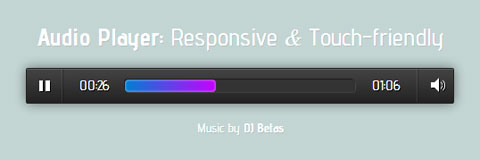

Consider the fact that with mobile devices, there is no mouse. This extends to cases where something must work on a mobile device and such certifications are issued in spite of never having run the application on a mobile device! Too often, the assumption is made that if it works on the desktop, it works on a mobile device. It never ceases to amaze me how often developers certify that something is working without at least some rudimentary testing to verify that assertion. The disparity between the desktop and mobile versions underscores the importance of testing. The Importance of Testing with Different Browsers and Devices Fortunately, there's a remedy with JavaScript and CSS!įigure 2: Depending on your device, the HTML5 Audio Control with the Controls option set may not be functional. The important takeaway is that for most cases, the HTML5 Audio Control's visual facilities are useless. Even in the desktop scenario, there's no way to style the visual appearance. The main point is that unless your Web application is limited to the desktop, which isn't likely, the HTML5 Audio Control default visual features won't prove to be very useful. The fact that it's Chrome doesn't matter. The iPhone browser, Google Chrome in this case, is broken. Looking to Figure 2, you can see simple markup that is rendered in two very different ways. That concern has not been totally alleviated. Not too long ago, there was legitimate concern over whether all browsers supported HTML5. The HTML5 Audio Control has the capacity to alleviate a lot of work. Your browser does not support the audio element.
#CSS HTML5 AUDIO PLAYER CODE#
The following code illustrates a simple usage:

Note: Before loading an audio source, the script will test whether the file exists. Note: Audio file paths can be relative or absolute.


The player height is defined by the track height. Note: The player will by default assume the width of its container element.


 0 kommentar(er)
0 kommentar(er)
